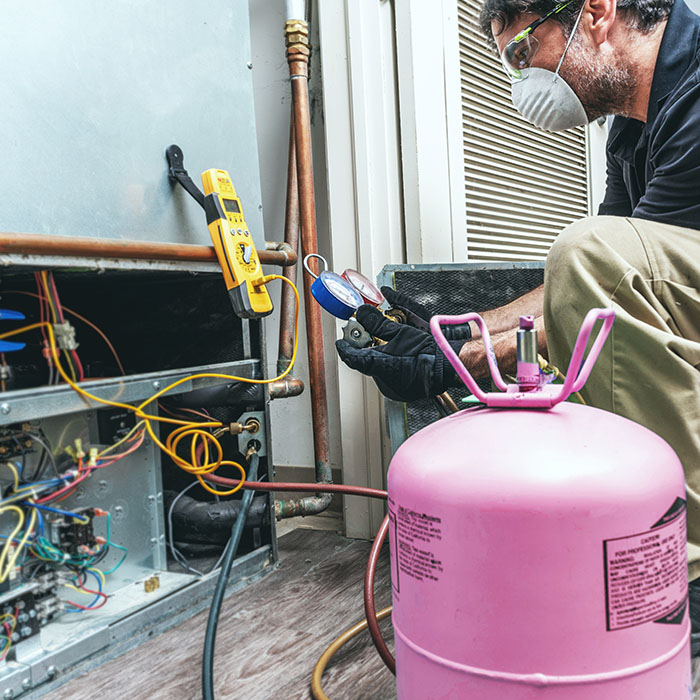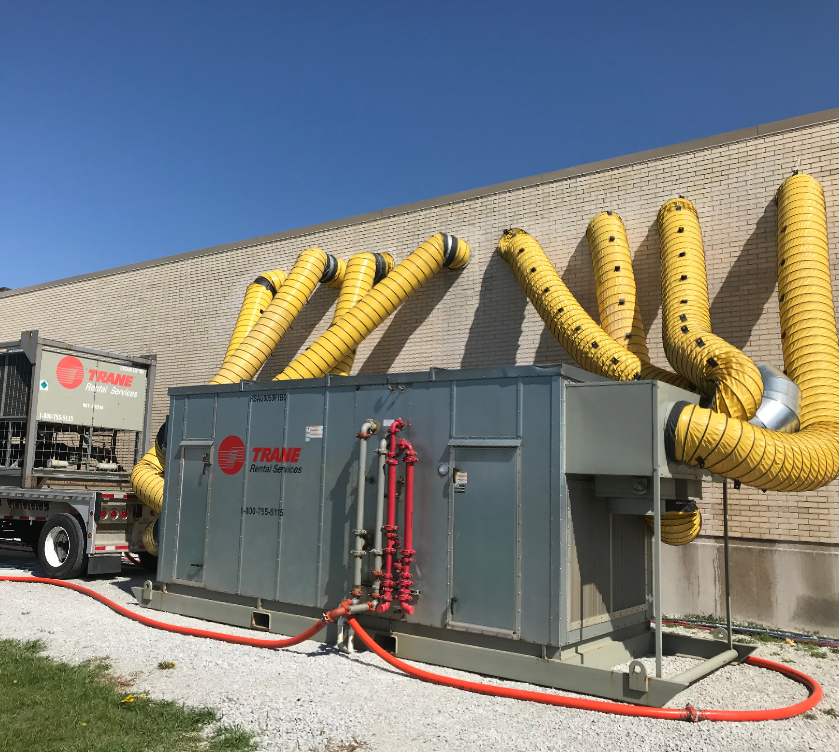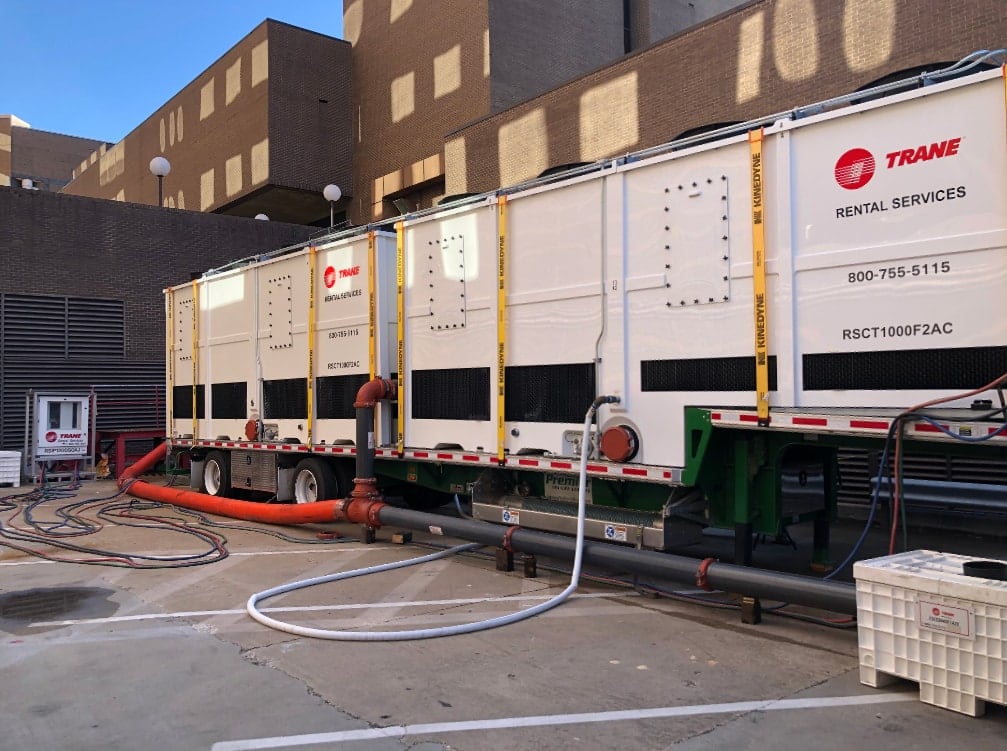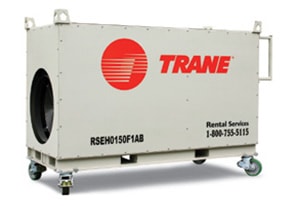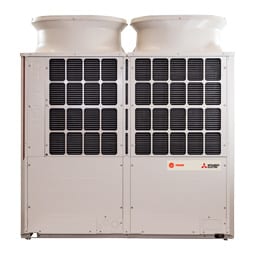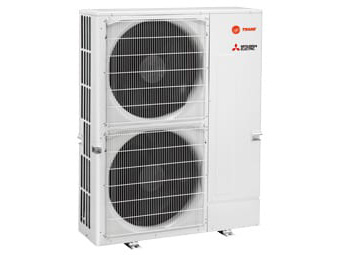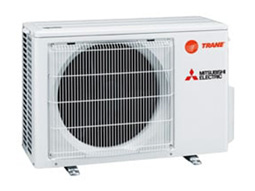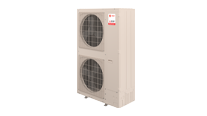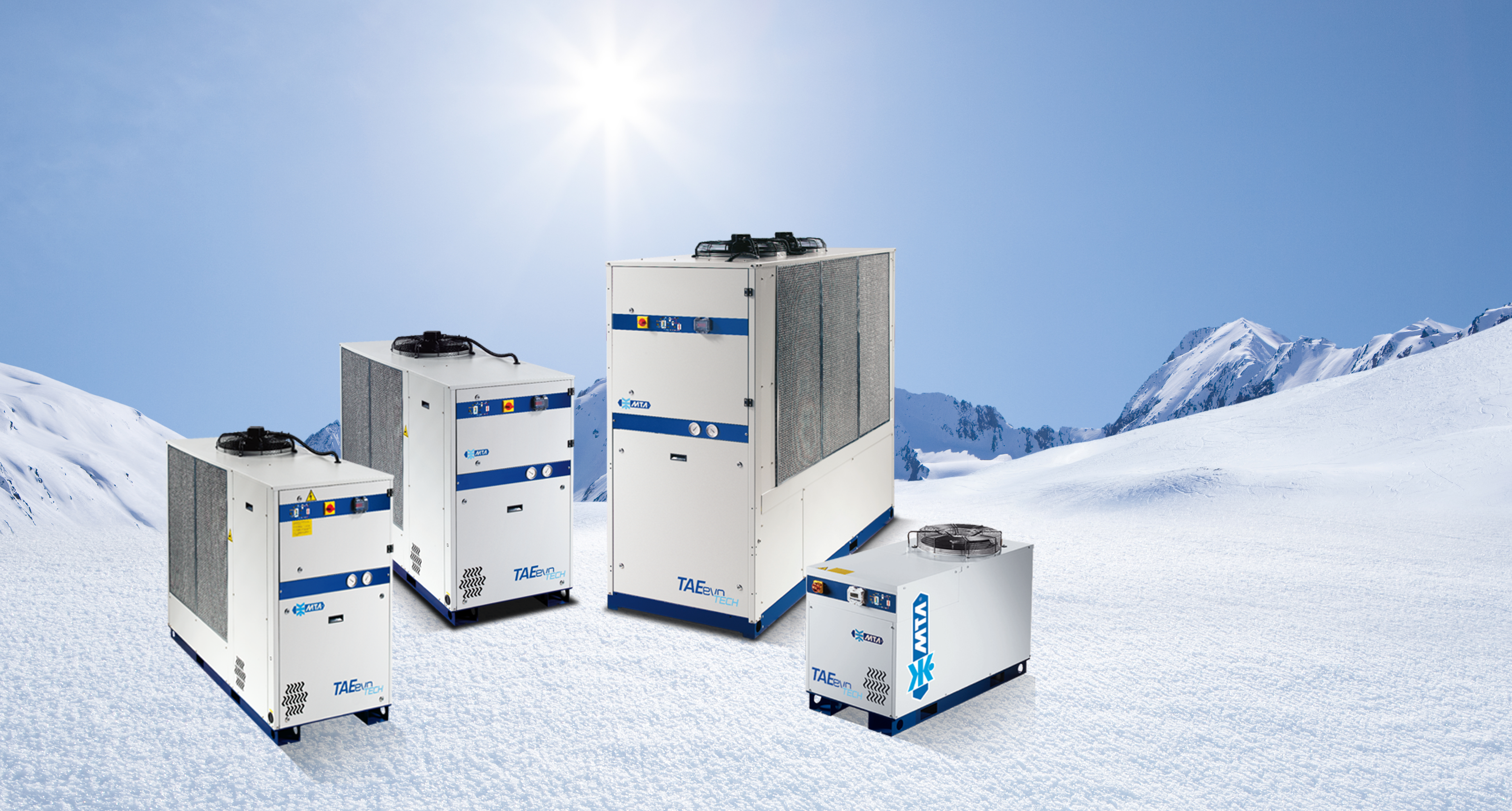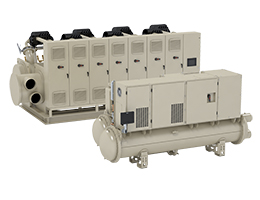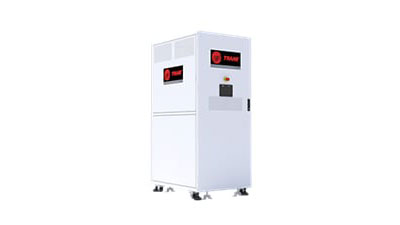Despite Bullish Factors, Gas Bears Hanging Tough
September 01, 2017

The natural gas bears simply won’t give in. Since settling at a 2017 high of $3.424 per MMBtu on May 12, the prompt-month NYMEX natural gas contract has fallen nearly $0.50 per MMBtu and is currently trading under the $3.00-per-MMBtu level. Forecasts for summer heat, stagnant production growth, and growing levels of exports have yet to wrestle momentum to the side of the bulls as traders concentrate on a milder May and early June and strong storage injections.
Summer weather forecasts tend to drive markets this time of the year as above-average temperatures equate to additional natural gas demand from the power generation sector (air-conditioning demand) while below-average temperatures have the opposite effect. The current forecasts may be the most bullish factor. The National Oceanic and Atmospheric Administration (NOAA), the department of the U.S. government that issues weather forecasts, sees higher odds for above-average temperatures across the western, southern and eastern United States for the June – September timeframe.
According to NOAA, the north-central region of the United States is the only area forecast to see average temperatures while none of the country is expected to see below-average temperatures over this period. Multiple forecasters are calling for a similar weather pattern this summer, all of which would translate to above-average power generation demand, especially across the southern and eastern United States as auxiliary gas-fired generating units would be needed to meet the increased air-conditioning load.
Natural gas production growth, or lack thereof, also points to bullish momentum, especially when coupled with growing gas demand from multiple sectors. According to the U.S. Energy Information Administration’s (EIA) most recent Short Term Energy Outlook, natural gas production for May 2017 was estimated at 72.2 Bcf/d, the 15th consecutive month to show a year-over-year decline in output when compared to the same month in the prior year. In addition, 2017 production estimates as a whole were revised lower from 74.1 Bcf/d to 73.3 Bcf/d.
Production growth is important as demand from the LNG liquefaction and Mexican exports sectors are expected to continue to grow. Currently LNG liquefaction demand is at 2.2 Bcf/d, an increase of 1.6 Bcf/d over 2016 levels, and an additional 0.75 Bcf/d of capacity should be placed into service by the end of the year. Mexican exports, meanwhile, are currently at 4.1 Bcf/d, or approximately 0.5 Bcf/d higher than 2016 levels.
While this picture isn’t pretty for gas bears, there are reasons pricing has fallen as we head into summer, starting with the supply and demand balance discussed above. Despite minimal production growth and growing export and LNG demand, the power generation sector as a whole has taken a large step back from year-ago levels. Most of this can be attributed to higher gas costs compared to 2016. In March of 2016, prompt-month natural gas traded to a nearly 20-year low of $1.611 per MMBtu, allowing many coal-fired power generation units to switch their generating fuel to natural gas, lowering their overall costs of generation. Now, with prompt-month gas trading above $3.00 per MMBtu for much of 2017, coal-to-gas generation switching has been limited. Further, above-average temperatures for much of the winter limited heating demand. The decreases in demand from these two sectors have offset the growth seen in exports and LNG, keeping a lid on prompt-month pricing.
Natural gas storage, while not as robust as 2016’s record levels at this time of the year, remains very healthy. The EIA’s storage report for the week ending June 2 noted a 106 Bcf injection, the first triple-digit injection since October 2015. Storage currently sits at 2,631 Bcf, 237 Bcf ahead of the 5-year average as we head toward the middle of summer. The bearish storage level will help offset additional demand should above-average forecasts pan out.
As we race toward a potentially hot July, traders will continue to weigh the impacts of various supply and demand factors. But throughout the first weeks of summer, the natural gas bears have had the upper hand.




